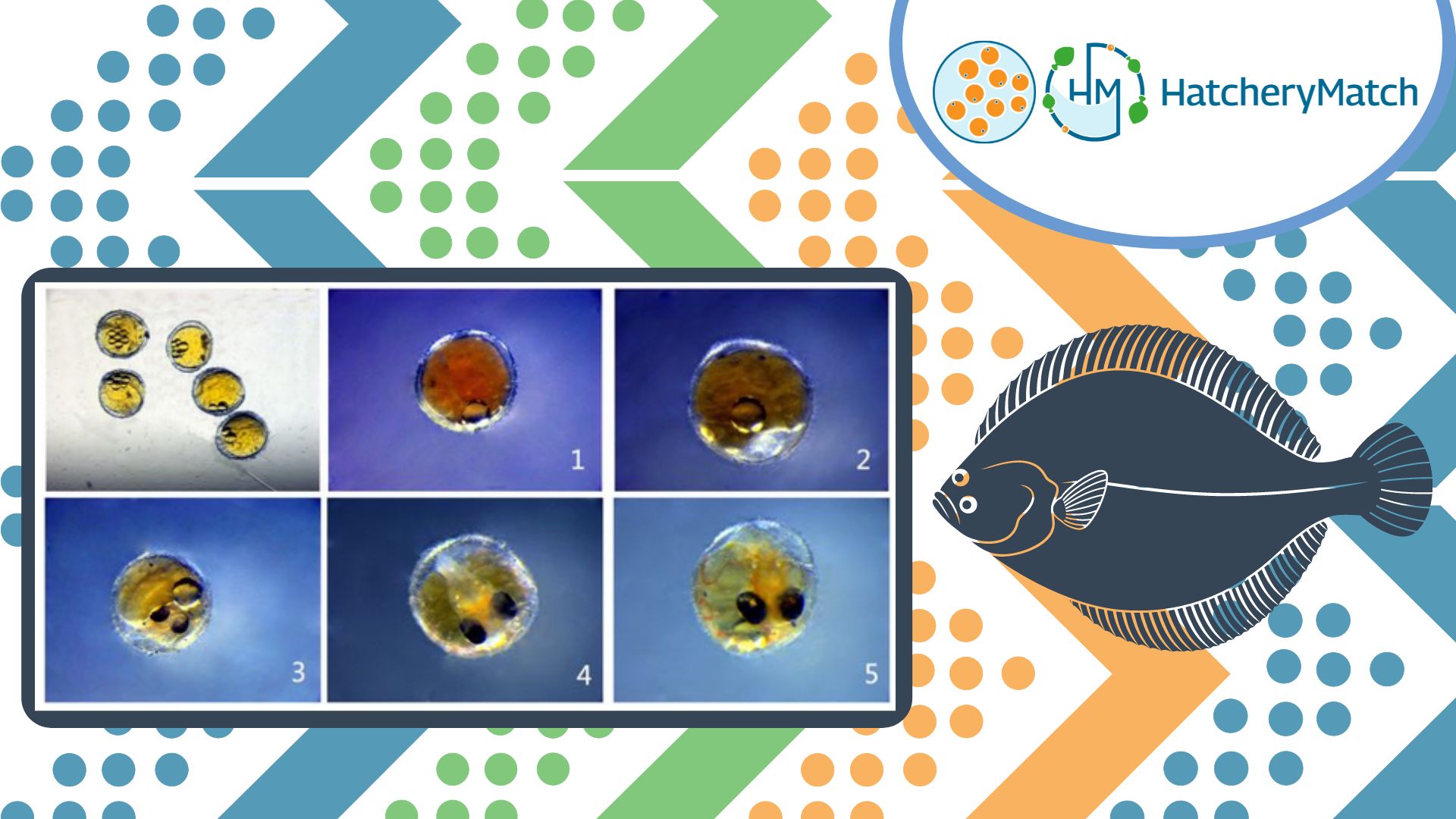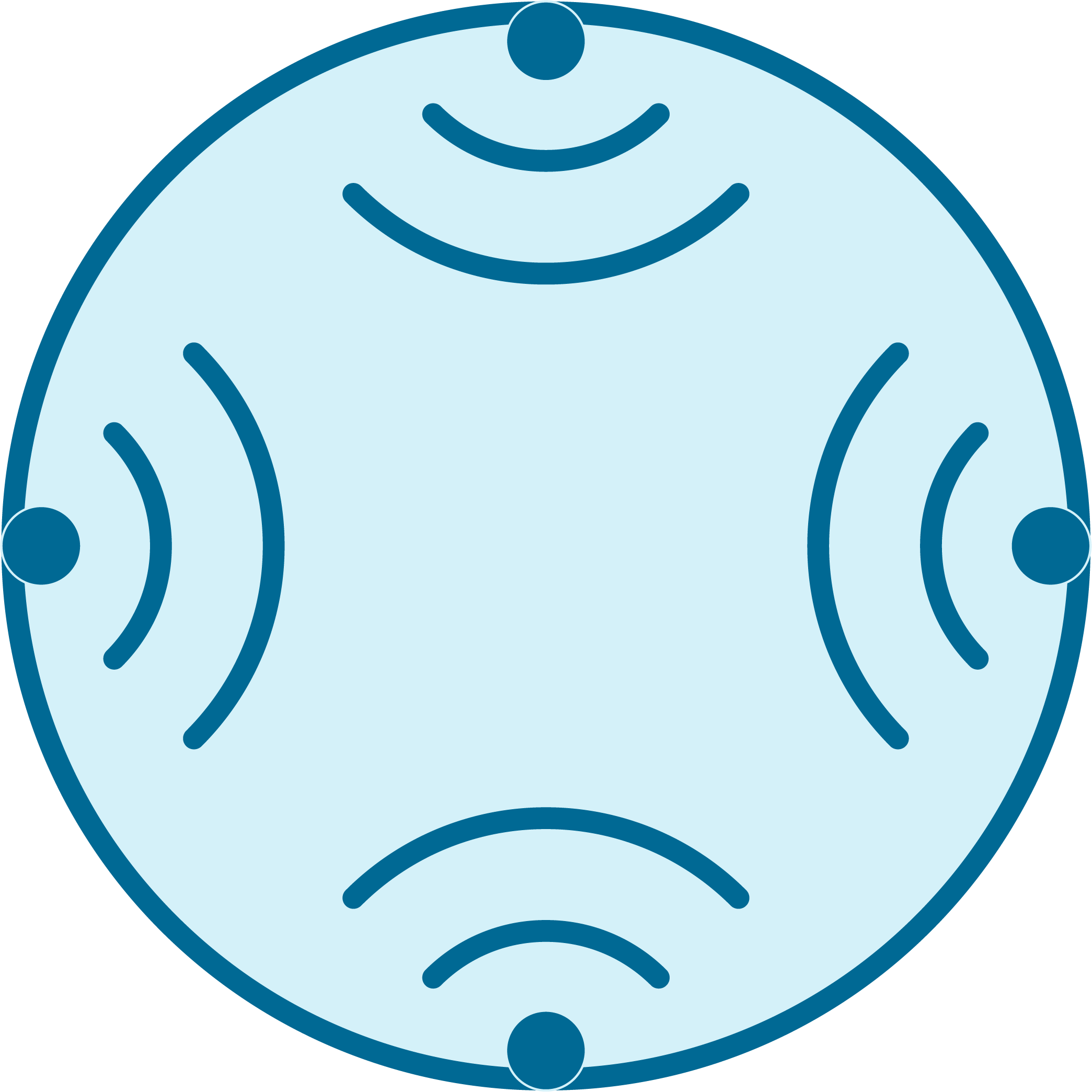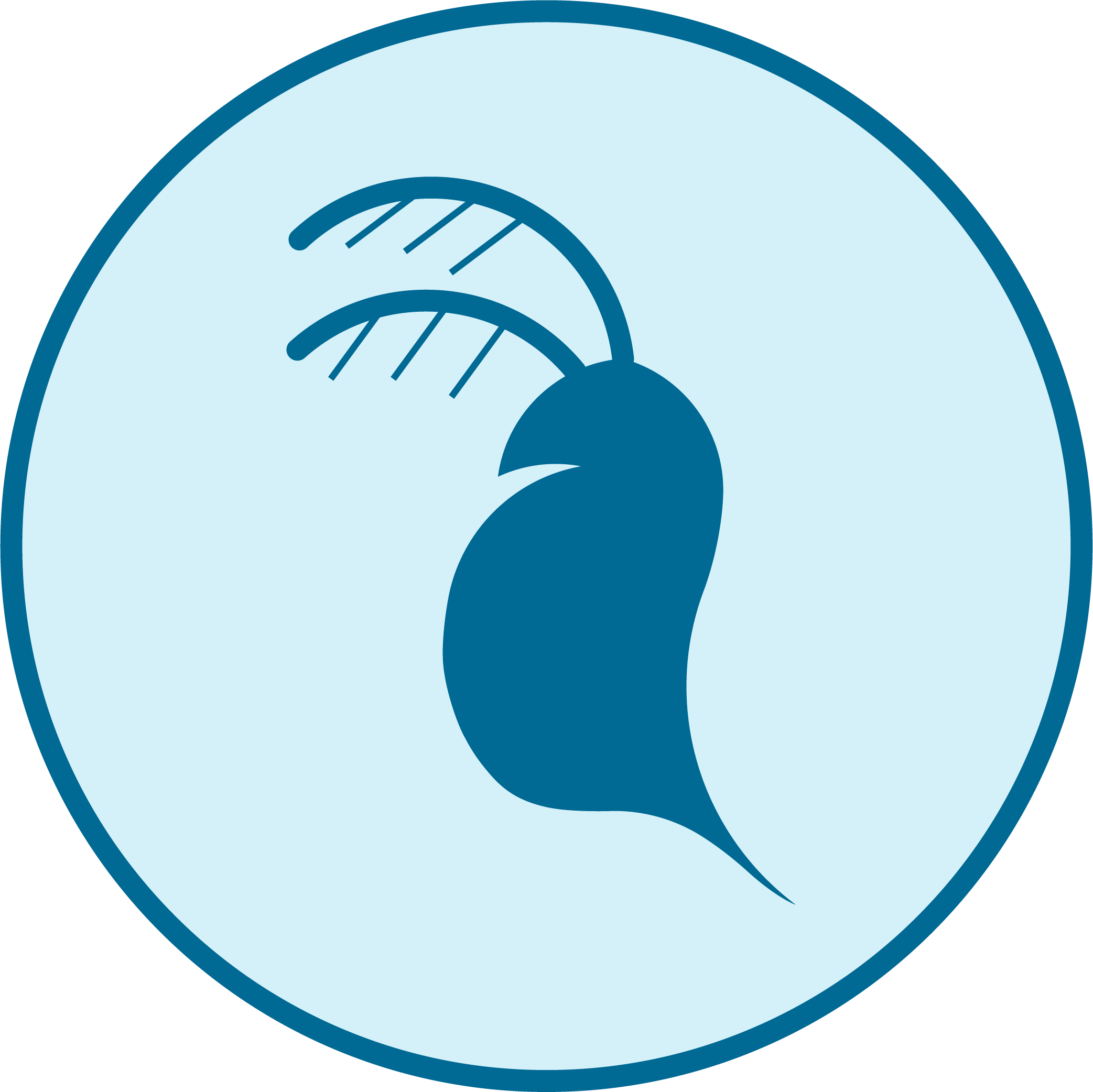Introduction to Embryonic Image Analyser at Fisheries Machinery and Instrument Research Institute
To date, the observation of fish egg and larvae development in hatchery settings has heavily relied on manual human observation. This is typically an involved process and for flatfish species like turbot where the eggs and some larval stages are difficult to see, hatchery technicians could well use some outside help. Yulei Zhang and other researchers at HatcheryMatch project partner Fisheries Machinery and Instrument Research Institute (FMIRI) at the Chinese Academy of Fishery Sciences propose a potential solution to this issue and are currently exploring how state-of-the art technology can assist farmers with distinguishing and identifying subtle changes in the development of turbot eggs and larvae. FMIRI plans to develop a fully automated hatchery observation incubator which will incorporate computer vision, artificial intelligence, and deep learning to analyze the quantity and early life stages of farmed turbot!
For more updates on our project visit our LinkedIn
Project HatcheryMatch funded by the Malta Council for Science and Technology through the Sino-Malta Fund 2020 (Science and Technology Cooperation). An Automated Marine Fish Hatchery with Innovated Water Recirculation Technologies (HatcheryMatch, Grant No. 2021YFE0108700, also funded by the Ministry of Science and Technology, China.



